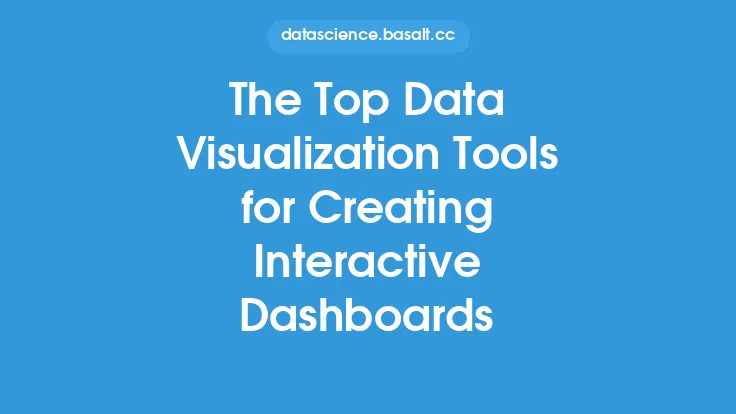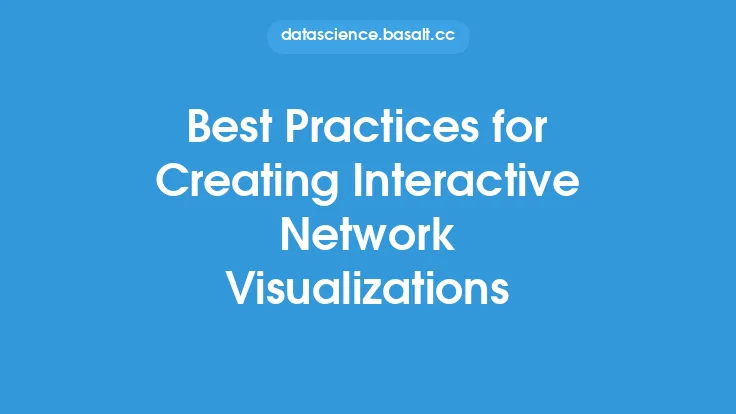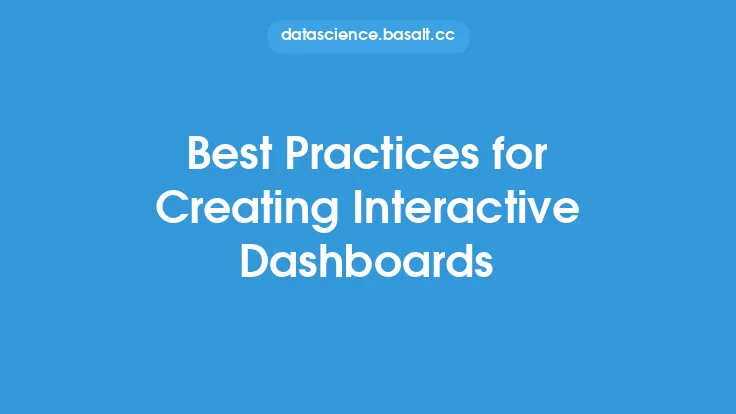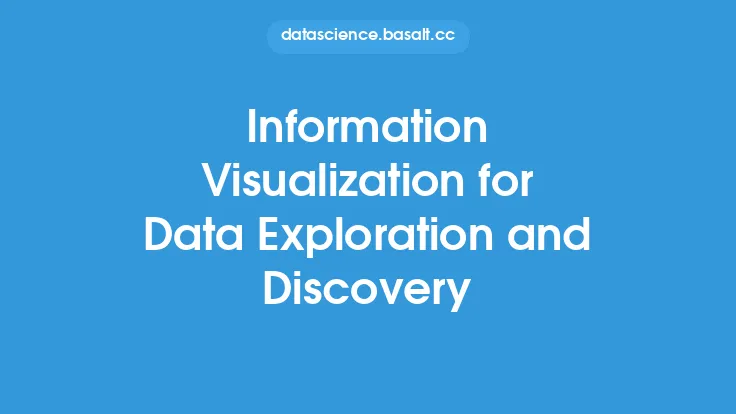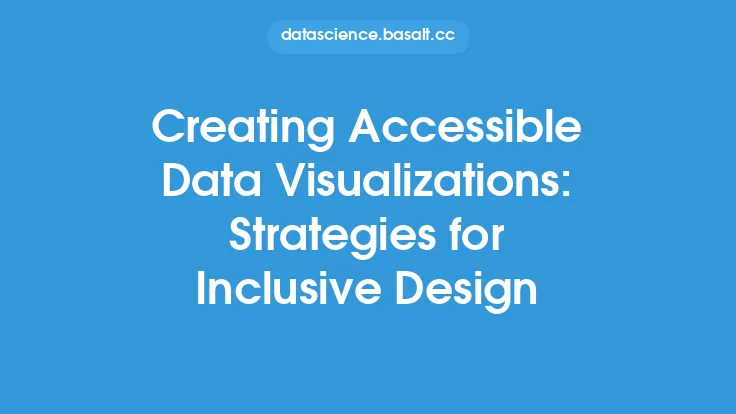When it comes to presenting complex information, the goal is not only to convey data but to engage the audience and facilitate understanding. Interactive information designs have emerged as a powerful tool in achieving this objective. By incorporating elements of interactivity, designers can create immersive experiences that draw users in and encourage them to explore, learn, and interact with the information being presented. This approach is particularly effective in the digital age, where users are accustomed to dynamic and responsive interfaces.
Principles of Interactive Information Design
Interactive information design is built on several key principles. First and foremost, it requires a deep understanding of the audience and the information being communicated. Designers must consider what aspects of the information are most critical, how users will interact with it, and what actions they want users to take as a result of the interaction. This involves creating clear and intuitive navigation, using interactive elements such as hover effects, scrolling interactions, and click-through animations to guide the user through the information. Additionally, the design should be responsive, adapting seamlessly to different screen sizes and devices to ensure accessibility.
Types of Interactive Information Designs
There are several types of interactive information designs, each suited to different contexts and purposes. Infographics, for instance, use visual elements like charts, graphs, and icons to present information in a concise and engaging manner. Interactive dashboards are another example, providing real-time data and allowing users to filter, sort, and analyze the information according to their interests. Story maps and interactive timelines are also effective for presenting complex, time-based information in an engaging and easy-to-understand format. Furthermore, interactive simulations and models can be used to demonstrate complex systems or processes, enabling users to explore and understand them through hands-on interaction.
Tools and Technologies for Creating Interactive Designs
The creation of interactive information designs is facilitated by a range of tools and technologies. Design software like Adobe XD, Figma, and Sketch offer robust features for designing interactive prototypes. For development, languages such as HTML, CSS, and JavaScript are fundamental, with frameworks like React and Angular providing efficient ways to build complex, interactive web applications. Additionally, libraries and tools specifically designed for data visualization, such as D3.js, Tableau, and Power BI, offer extensive capabilities for creating interactive and dynamic visualizations. The choice of tool often depends on the specific requirements of the project, the skill set of the designer or developer, and the desired outcome.
Best Practices for Engagement
To ensure that interactive information designs are effective in enhancing engagement, several best practices should be followed. First, simplicity and clarity are key; the design should be intuitive and easy to navigate, avoiding unnecessary complexity that might confuse or overwhelm the user. Feedback is also crucial, providing users with clear indications of their interactions, such as hover effects, loading animations, and confirmation messages. Moreover, the design should be accessible, following web accessibility guidelines to ensure that it can be used by everyone, regardless of their abilities. Testing and iteration are also vital, involving real users in the design process to gather feedback and make improvements.
The Future of Interactive Information Design
As technology continues to evolve, the possibilities for interactive information design are expanding. Advances in areas like augmented reality (AR) and virtual reality (VR) are opening up new dimensions for interactive storytelling and information presentation. The integration of artificial intelligence (AI) and machine learning (ML) is also expected to play a significant role, enabling designs that adapt to user behavior and preferences in real-time. Furthermore, the increasing availability of data and the push for data-driven decision-making mean that interactive information designs will become even more critical for communicating insights and facilitating understanding.
Conclusion
Interactive information designs represent a powerful approach to presenting complex information in an engaging and accessible way. By understanding the principles, types, and tools of interactive design, and by following best practices for engagement, designers can create experiences that not only inform but also captivate their audiences. As technology advances and the demand for effective information communication grows, the role of interactive information design will continue to expand, offering new opportunities for innovation and creativity in the field of data storytelling. Whether the goal is to educate, persuade, or simply to inform, interactive information designs have the potential to make information more engaging, more accessible, and more meaningful to everyone.
